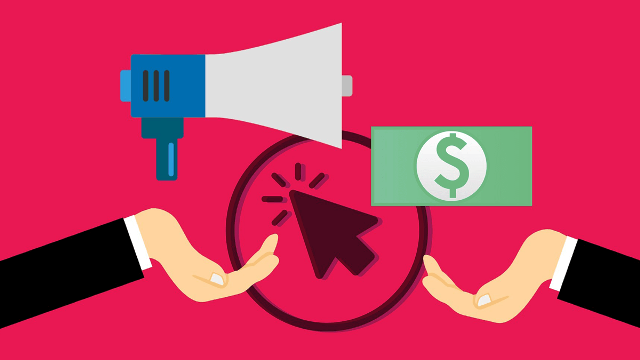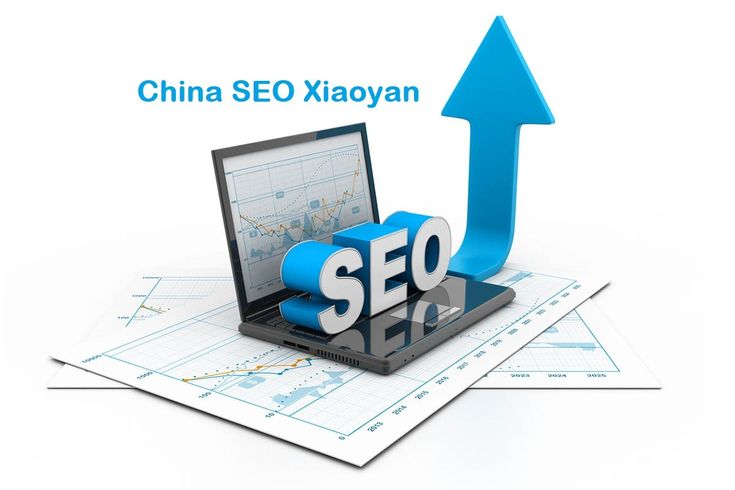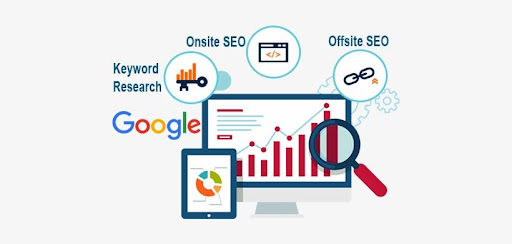Contents
For most marketers, PPC campaigns are about driving website traffic, converting new users and generating revenue. However, it can also be a vehicle for your business to generate awareness and interest from key audiences. This is an often under-appreciated value of PPC campaigns that should be explored further.
This discussion will look at how to create brand awareness through PPC campaigns and why this may be more important than conversions and traffic for some companies.
Let’s get started.
Why Brand Awareness Matters
First and foremost, let’s discuss why brand awareness is important. Again, most marketers gauge their success by conversions and revenue. This isn’t wrong, but it isn’t a recipe that every business can automatically adapt to. There are some cases where brand awareness needs to come first.
Everyone has experienced that first day at a new school or in a new office, where you can’t help but care about the first impression you make. This is a lot like brand awareness. It’s crucial when you’re the “new kid on the block.” You want to make a first impression that piques the interest of prospective customers and encourages them to learn more about your brand and its offerings.
Typically, businesses need brand awareness before things like clicks, conversions and revenue start to come. The simple truth is that your audience wants to shop with brands that are familiar. If you don’t have this awareness and connection already, it will be much harder to draw their business.
So, if you’re a new business or entering a new space where people may not be familiar with your name, reputation and persona, then creating awareness should be your first marketing objective.
Getting Started With The Right Campaign Goals
A brand awareness PPC campaign requires a different kind of mindset than a conversion-driven one. Typically, ads try to find in-market audiences at the end of the funnel, but brand awareness is about finding prospects at the start of the funnel. This means that you need to start with a goal that is focused on getting attention, rather than sales and action.
In terms of metrics, look for:
-
- Impressions: How many people are viewing your ad is very important for brand awareness. A high number of impressions means a high number of people have “viewed” your ad.
- Impression share: A high impression share means your ads have optimal penetration. Your ads are appearing at a high rate. This increases the number of impressions your campaigns produce, but it also means that your ads are getting center-stage above competitors’.
- CTR: Impressions help stimulate that initial awareness, but you also want to think about clicks. Clicks mean that an individual moved from aware to interested and wanted to learn more. A high clickthrough rate is a sign of a successful ad message and that you are targeting the right audience.
- CPC: If you’re a new company, you may not have a large ad budget. In this case, you want to maximize impressions, while minimizing click costs because once your budget is gone, your ads stop appearing. Monitoring your CPC and targeting cheap ad auctions will help ensure that your campaigns stay active and you don’t overspend.
For advertisers using videos or social media ads, these metrics are also goal-worthy:
- Video views: If you’re using video ads, then video views are equivalent to impressions. More views means more brand awareness!
- Social page likes: When advertising on social media platforms, you want your sponsored content to appear in front of audiences, but you also hope that they like it. This is that key component of audiences being interested.
- Social shares: This is the gold standard of brand awareness metrics. When someone shares your post, it not only signals that they are interested, but that they have also shared your content with all of their social media followers and connections. This means that the reach of your post expands greatly. More people will see the content which means more brand awareness.
- Post engagement: Even if people aren’t “liking” or “sharing” your social media content, it doesn’t mean that they aren’t engaged. Engagement metrics are a more complete view of how many people saw your sponsored social post and interacted in some way.
There’s no right or wrong metric to choose when structuring your brand awareness goals. You simply need to choose the key performance indicators that best suit your business.
5 Tips On Optimizing Brand Awareness Campaigns
With the foundation of your brand awareness campaign set, the next step is to optimize your strategies to maximize your results. Here are 5 tips to get started.
Consistency
You need to create a consistent voice and persona across your awareness campaigns. Remember, audiences will engage with your brand across multiple channels. You don’t want to seem like a new person at every interaction.
Compelling
Your brand awareness PPC ads need to be compelling enough to catch the eyes of Internet users. If they don’t entice viewers to take notice, then you will struggle to build awareness and recall.
Get Visual
When it comes to brand awareness, image and video ads are best. Again, this is the idea of being compelling. Visual PPC ads are several times more engaging than text-based ads. Use colors, animations and other visuals that match your brand and draw in viewers.
Audience Targeting
Whether using Facebook Advertising, Google Ads or another PPC platform, you have a lot of targeting options at your disposal. Use them! These settings will help you zero in on the audiences that are most relevant and valuable to your business.
Track Branded Search Volumes
With any strategy, you need a way of measuring your success. While tracking performance metrics like impressions or clicks is a good start, you should also measure branded search volumes. These are searches that use your brands and products as keywords.
As your brand awareness increases, there should be more people searching for your business and products. You can use this as a way to track your progress towards achieving brand awareness goals!
Conclusions
Brand awareness is a crucial, ongoing step in growing your business. The focus is to get the word out about your company and its offerings and allow potential customers to get to know you. That said, you need to put the right goals in place and target the right audiences. With the tips included in this article, you have more than enough knowledge to get started!
Here you must need to know about ROAS: What is ROAS?




